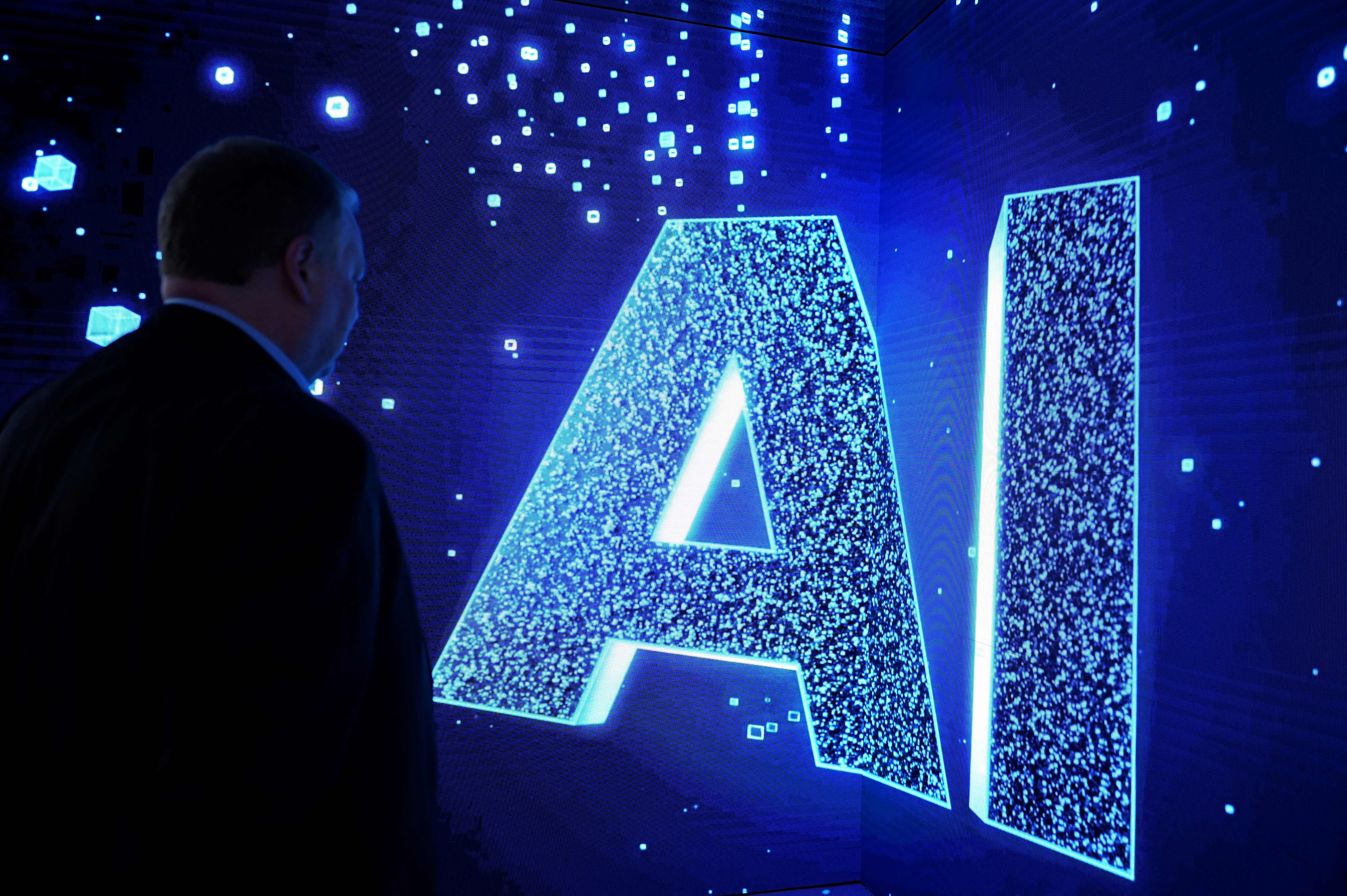In the world of government contracting and across the business landscape, AI is proving it can make an immediate and significant impact on a company when it’s tailored to, trained for, and deployed in industry-specific use cases. When a company has access to fresh, relevant and trustworthy data, AI can enable government contractors to capture new efficiencies in key parts of their business.
That’s particularly important for small- and midsized companies, helping them level the playing field with larger, deeper-pocketed competitors.
In a business known for complexity, AI can simplify contracting processes, validate compliance with ever-changing regulations, automate time-devouring manual tasks, and provide valuable input to human decision-makers.
So where will AI move the needle for government contractors?
Winning the business
AI-driven analytics can be a valuable tool in evaluating and prioritizing pursuits.
AI can help companies comb through large datasets from disparate sources. It can uncover lucrative new business opportunities. It can even identify trends and patterns that enable company decision-makers to zero in on the projects and clients that best fit the company’s strategic growth priorities – while also helping them avoid the projects they’re better off not pursuing.
Machine learning algorithms can even predict the probability of success for different projects. This lets company leadership base pursuit decisions on a combination of data-derived insight and their own business acumen.
Simplifying the proposal
Sharpening and streamlining the processes behind proposal creation is another one of AI’s strengths. Intelligent, automated data-analysis tools can enable company decision-makers to visualize complex scenarios, identify patterns, and use data-driven insights to craft bids that meet client specifications and expectations.
During the bid preparation process, AI can help GovCons interpret complex contracts, streamline functions, analyze large datasets, and predict optimal pricing strategies. AI tools embedded in a company’s client relationship management (CRM) and enterprise resource planning (ERP) systems can speed and simplify RFP creation, using intelligent templates to minimize manual effort and ensure consistency and accuracy.
These capabilities make it so your business development, sales, and marketing teams don’t have to reinvent the wheel with every proposal. Your company can increase its proposal-generation capacity along with the quality of its proposals without increasing headcount.
Strengthening client relationships
AI can help your marketing, business development, and client support teams do their jobs better. It can equip them with a deeper understanding of clients, prospects and markets with which they need to build and nurture lasting relationships.
For example, companies that follow the Jobs to Be Done (JTBD) framework in engaging clients can leverage AI to better understand their clients’ preferences, identify their pain points, and analyze feedback so their proposals and services more closely align with client priorities.
AI tools can produce immediately actionable insights into client behavior and preferences, allowing your teams to analyze client interaction data, engagement metrics, and market trends. This then informs business development and marketing strategies targeted at specific market segments and prospects.
The insight provided by AI can help a company deliver timely, hyper-personalized content to elevate the overall client experience. In a relationship-driven business, personalization can be a real differentiator.
Delivering excellent outcomes
In a project-intensive business, intelligent tools can really elevate project outcomes in terms of both client satisfaction and profitability. From an execution standpoint, AI’s ability to automate clauses, project codes, task creation, and payment processing can lead to timelier decision-making and substantial improvements in overall efficiency.
Meanwhile, repetitive tasks like creating alerts for milestones or missing data can be automated via robotic process automation. RPA also can increase supply chain and resource visibility, assisting in predicting material and labor shortages and automatically notifying relevant parties about delays and potential bottlenecks.
On the resource management side, AI-driven predictive analytics lets companies anticipate labor shortages. It can also help optimize the composition of a company’s project teams based on an analysis of peoples’ skills, certifications, and performance.
Keeping pace with compliance
Navigating the regulatory landscape becomes a simpler proposition when you can use AI to automate regulatory checks and ensure compliance with procedures and requirements across multiple agencies. AI can continuously monitor the regulatory landscape so companies stay aware of the latest developments, including changes to the Federal Acquisition Regulation (FAR), CMMC (Cybersecurity Maturity Model Certification), and audit requirements.
Continuous AI monitoring can detect departures from established procedures, while automated alerts can notify teams of potential issues like mismatched data or unallowable costs before they become problematic.
Protecting your data
With intelligent threat-identification and other tools, AI can strengthen the security of a company’s IT infrastructure, identifying vulnerabilities that need remedying and flagging potential attacks before they occur.
The AI use cases don’t end there. AI-driven analytics can, for example, help government contractors improve the quality of their forecasting by providing sharper predictive insight into costs, resource needs, expected profitability, and other key performance indicators. And as rapidly as AI models are learning, the number of applications are bound to grow in the years to come.
You can’t leverage AI without a firm grasp on these fundamentals
For companies to take advantage of these use cases, they’ll need to prioritize a few fundamentals first. Ensuring your company’s AI practices and systems comply with the CMMC program is a must. There is no compromising when it comes to data privacy and security.
Additionally, having reliable, quality data is another imperative – the insight an AI model produces is only as good as the data feeding that model.
An integrated digital environment is another key component. Your data must be able to flow unimpeded and securely.
And you want to be sure you have the knowledge and training on-staff to validate, test, implement, and manage your AI systems in a way that’s compliant.
With these elements in place, the potential for AI to elevate your company is as boundless as the technology itself. You’ll be in the perfect position to harness the power of AI, empowering your people to be more effective and efficient.
Kim Koster is vice president of industry marketing at Unanet, a software company that provides enterprise resource planning and customer relationship management programs for organizations in the government contracting, architecture, engineering, construction and professional services markets.








